This month’s gluten free recipe features a nutrient dense dessert from one of nature’s powerhouse grains – amaranth. The recipe is also dairy free and vegan friendly, and will make a nice treat that your little ones can help you make.
About Amaranth
While over 60 different species of amaranth are recognized in the plant kingdom, only about 3 species of this ancient grain are currently being cultivated. Amaranth originated from a weed-like species, which can come in handy as it is easily harvested, produces lots of seeds (fruits), and the grains grow rapidly in a wide variety of climates. Once a staple grain in the Andes, as well as a holy grain for the Incas and Aztecs, amaranth can be found in health food store across North America. Most of the amaranth used today is still being grown in Mexico Guatemala, Nepal, India, and Peru; but there is a lot of potential for cultivation in the US and has been dubbed the “grain of the future″.
Amaranth is 30% higher in protein than most cereal grains including wheat, rice, oats, and rye. In fact, it is only second only to quinoa in protein and nutrient density while also being a complete protein. It is a rich source of B vitamins, vitamin A, vitamin C, and folate. Several studies have shown that amaranth can be as helpful as oats to keep hearts healthy. Even the leaves of the plant can be eaten as it has a nutrient profile similar to spinach. Best of all, amaranth is a gluten free grain and a nutrient dense alternative for celiacs.
Preparation
Amaranth has a smooth, nutty taste and can be used in a variety of culinary ways. Widely sold as amaranth flour, it works well for breads, cookies, flatbreads, gravies, pancakes, and even pasta. The seeds can also be popped like popcorn or eaten as a cereal or granola. Amaranth can also be toasted prior to cooking to increase the nutty flavor. Boil equal parts water and amaranth for about 12- 15 minutes.
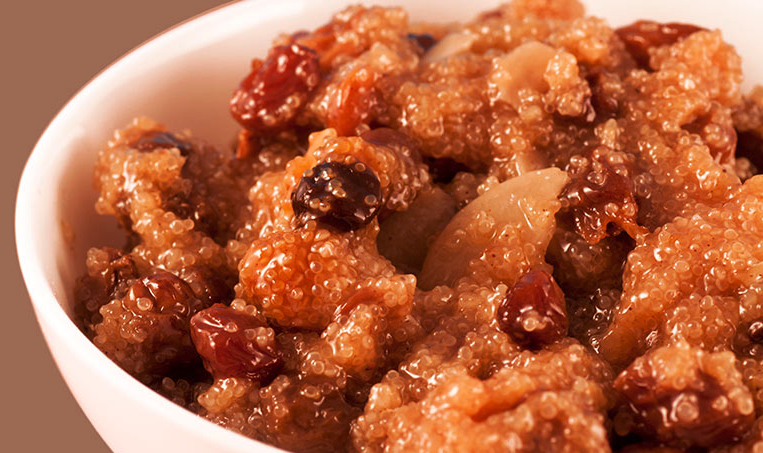
Amaranth Pudding
A surprisingly light and more nutrient dense alternative to rice pudding, this glute-free recipe is sure to please the whole family and can be kept in the fridge for a few days. Try it for breakfast, dessert, or a light snack. This recipe comes from Salt Spring Seeds, a Canada-based seed and plant sanctuary dedicated to promoting sustainable agriculture; and has been tested and tried by Mum-Mum’s resident dietitian.
- 2 cups cooked amaranth
- 1 cup apple juice*
- ½ cup raisins*
- ½ cup almonds, chopped fine*
- 1 ½ teaspoons pure vanilla extract
- Juice from ½ lemon
- Grated rind from organic lemon*
- Cinnamon, to taste
Combine ingredients in a large saucepan and bring to a boil; reduce heat and simmer for about 15 minutes. Pudding can be poured into individual dessert bowls, or a large serving dish to be chilled. To add more nutrients, top with fresh fruit such as berries or cherries.
Serves: 4
Prep time: 15 minutes for cooking grain; 20 minutes pudding prep
*use organic whenever possible

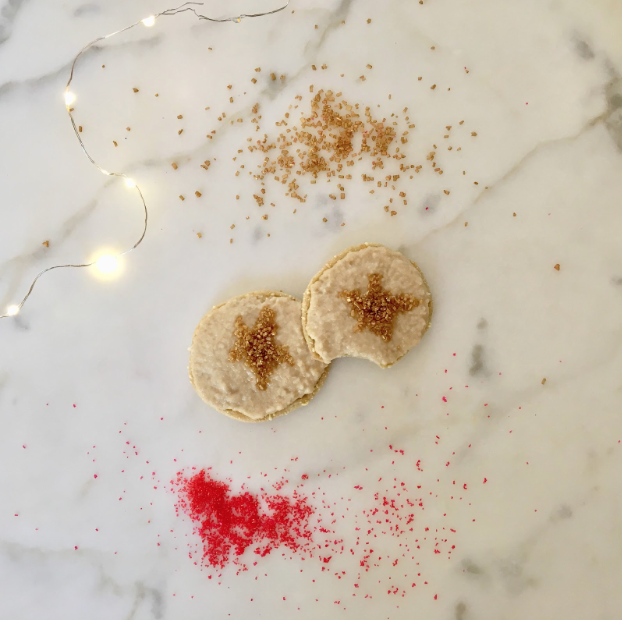

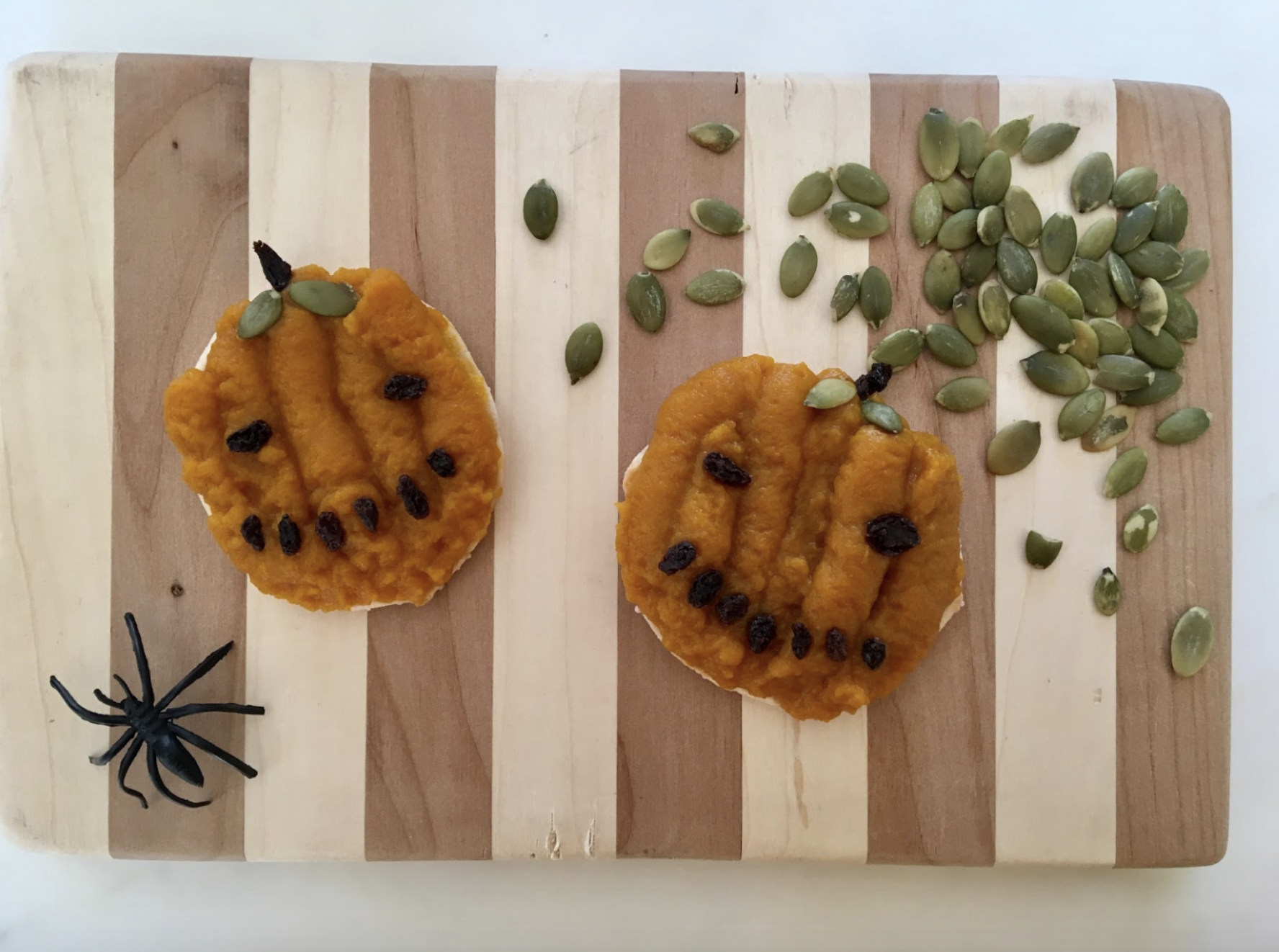
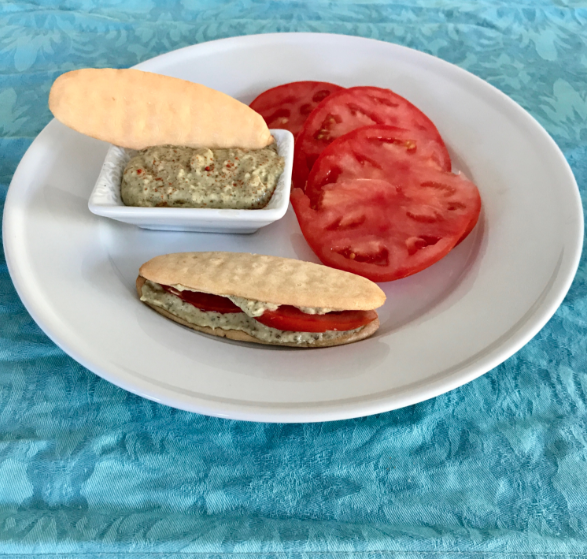

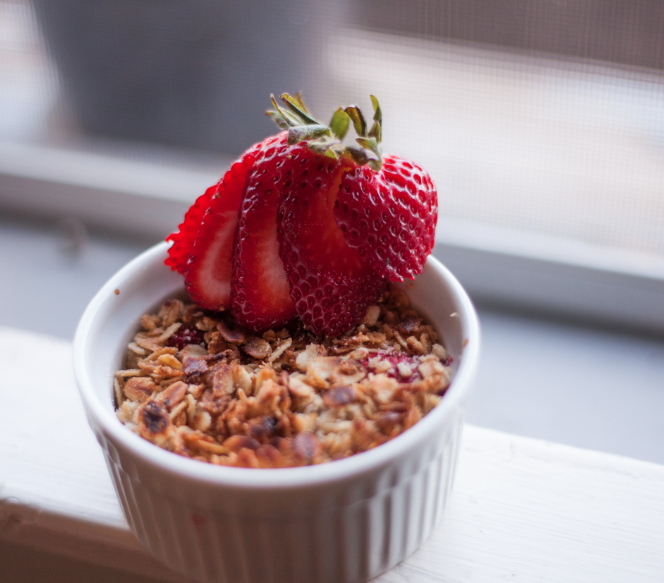
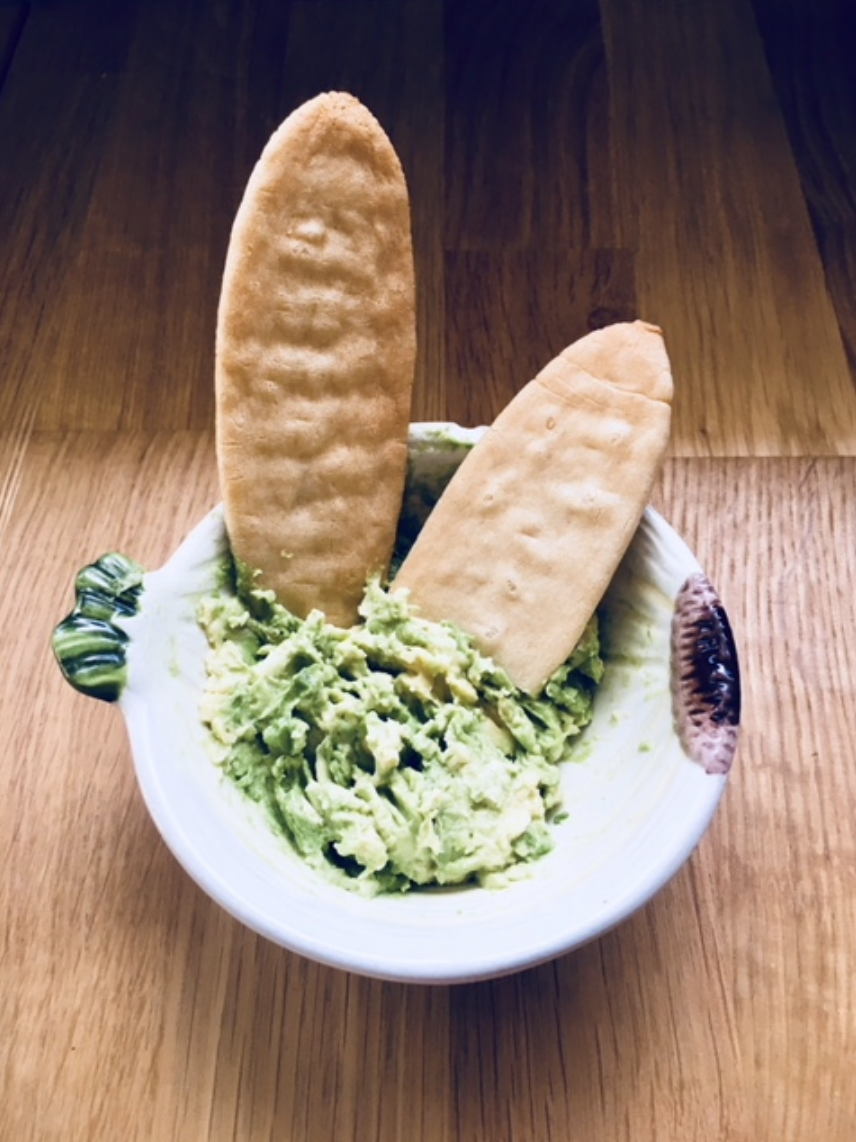

Be the first to comment